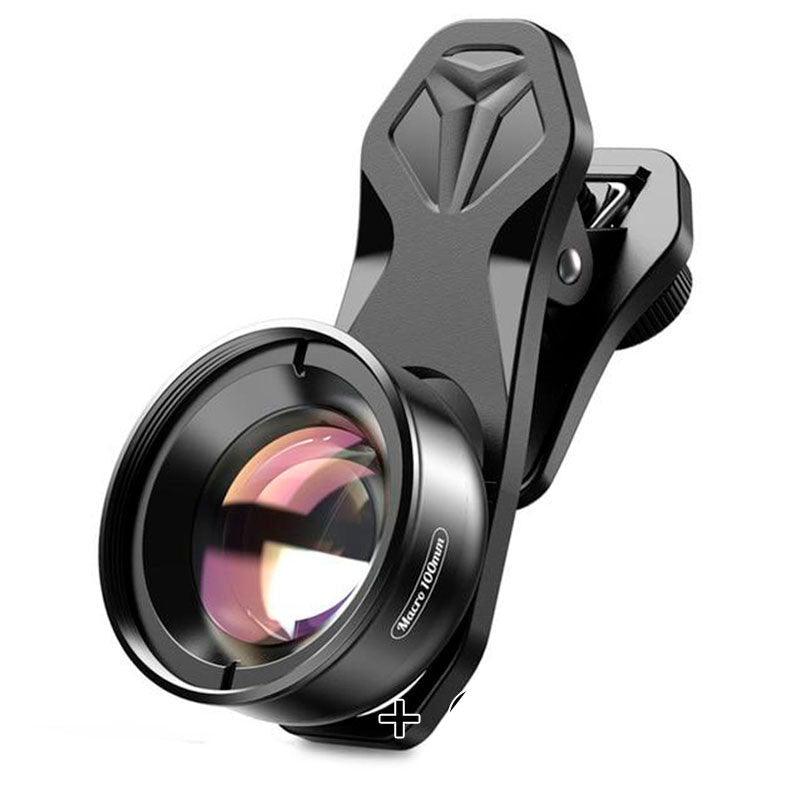In modern dentistry, photography is more than just documentation—it's a cornerstone of patient communication, precise treatment planning, and professional credibility. To achieve high-quality dental photographs that showcase intricate details of teeth and oral structures, selecting the right equipment is essential. Whether you’re starting out or upgrading your setup, this guide will help you make informed choices.
Choosing the Best Camera for Dental Photography
The foundation of excellent dental photography lies in the camera. DSLR and mirrorless cameras are the most popular options due to their versatility and superior image quality. Key considerations include:
- Resolution: Choose a camera with at least 16 megapixels for sharp, detailed images suitable for diagnostics, patient communication, and marketing.
- RAW Format Support: Cameras capable of shooting in RAW format allow for advanced editing, ensuring accurate colors and optimal lighting adjustments in post-processing.
- Ease of Use: Beginners may prefer cameras with intuitive presets, while professionals can take full advantage of manual controls for precise adjustments.
Recommended models include:
- Canon: EOS 70D, 60D, or EOS 600D.
- Nikon: D7100, D3400, or D7500.
Selecting the Ideal Lens for Dental Photography
The lens is as important as the camera itself, especially for capturing high-quality intraoral and extraoral photographs. Macro lenses are the go-to choice for dental professionals.
Focal Length: A range of 50-105mm is ideal for capturing detailed close-ups and portraits.
Macro Capabilities: Opt for lenses with 1:1 magnification for unparalleled detail of teeth, enamel, and restorations.
Compatibility: Match your lens with your camera brand for seamless performance. Popular options include:
- Canon EF 100mm f/2.8 Macro USM for Canon users.
- Nikon AF-S 105mm f/2.8 VR Micro for Nikon users.
Mastering Lighting: Essential Flash Options
Lighting is critical to achieving clear, shadow-free dental images. Proper lighting ensures accuracy in texture and color representation.
- Ring Flash: Mounted around the lens, ring flashes provide even, shadow-free illumination, making them ideal for intraoral photography.
- Twin Flash: Features adjustable angles to create dynamic lighting, ideal for capturing textures in extraoral photography or reducing reflections. When paired with polarizing filters, twin flashes can effectively minimize glare on enamel surfaces.
Pro Tip: The Canon MT-26EX-RT Macro Twin Lite and Godox MF-R76 Ring Flash are excellent options for dental professionals seeking reliable lighting solutions.
Must-Have Accessories for Dental Photography
Accessories enhance efficiency and image quality, making them indispensable for dental photography. Essential tools include:
- Tripods: Provide stability for extraoral shots, reducing motion blur and improving composition.
- Gray Cards: Ensure accurate white balance and color calibration for consistent results.
- Retractors and Mirrors: Offer clear, unobstructed views of teeth and gums, critical for intraoral images.
- Contrasters: Create a uniform black background to highlight dental structures and minimize distractions.
The Benefits of Professional-Grade Equipment
Investing in high-quality dental photography tools delivers immediate and long-term advantages, including:
- Improved Patient Communication: Clear visuals help patients understand treatment plans and see results, fostering trust.
- Enhanced Collaboration: Accurate images simplify communication with dental labs and colleagues.
- Boosted Marketing Impact: High-quality images improve your website, social media presence, and promotional materials, attracting more patients to your practice.
Final Thoughts
Dental photography is no longer optional in modern dentistry—it’s a necessity for enhancing patient care, professional growth, and practice visibility. By investing in the right camera, lens, lighting, and accessories, you can capture professional-grade images that elevate your practice. Quality equipment not only improves outcomes but also demonstrates your commitment to excellence. Start building your ideal dental photography setup today and see the difference it makes for your patients and your practice.













